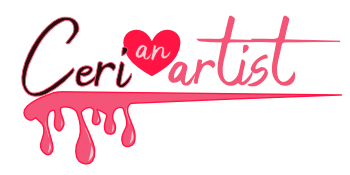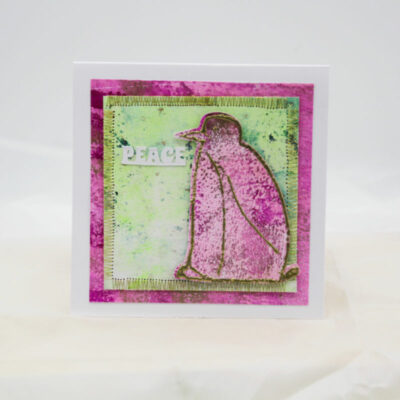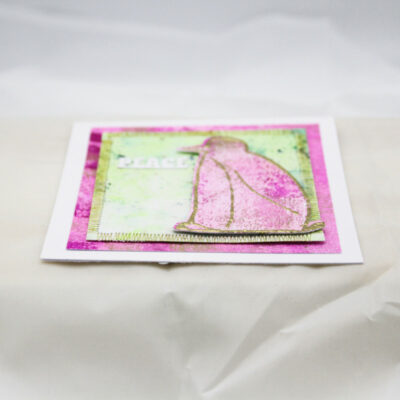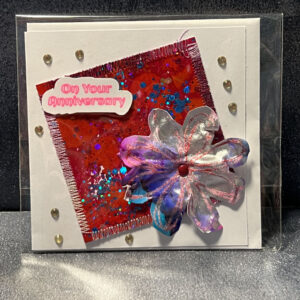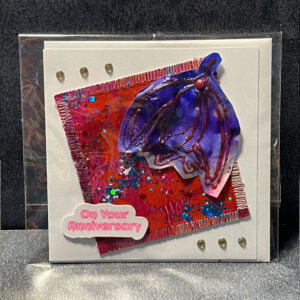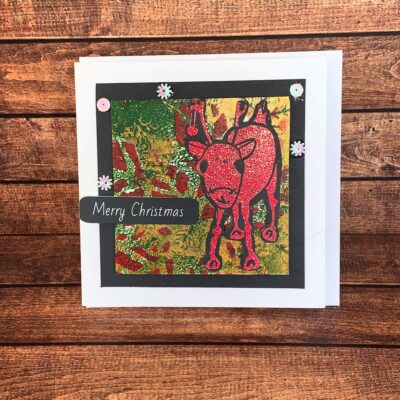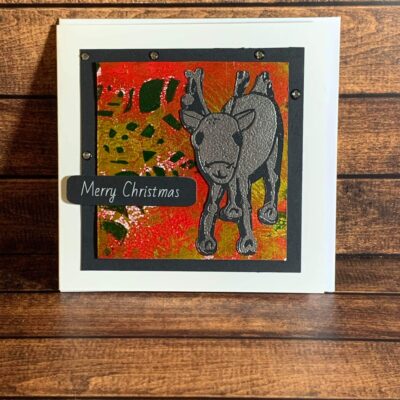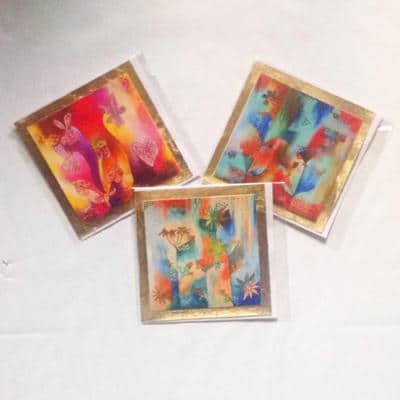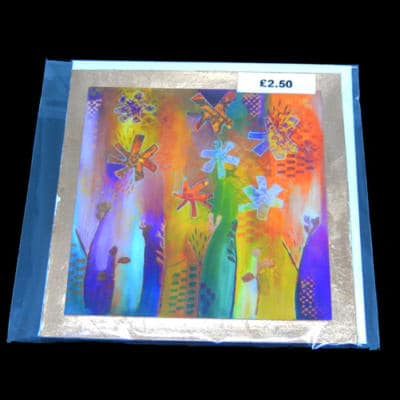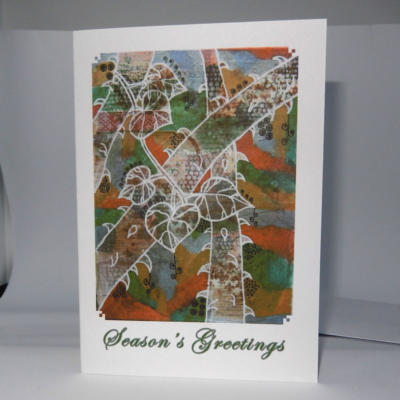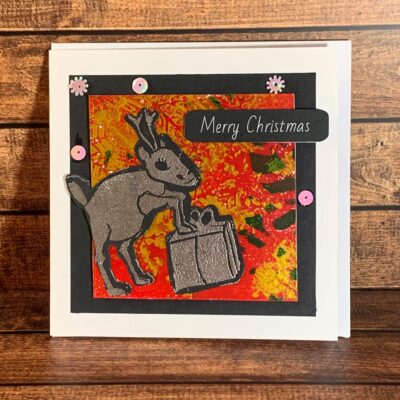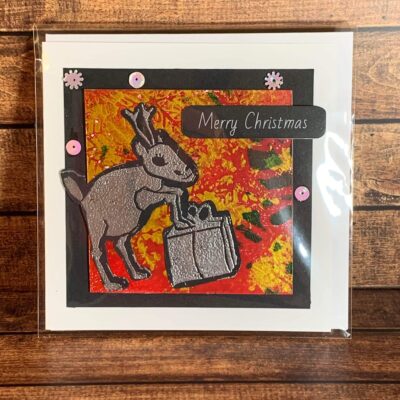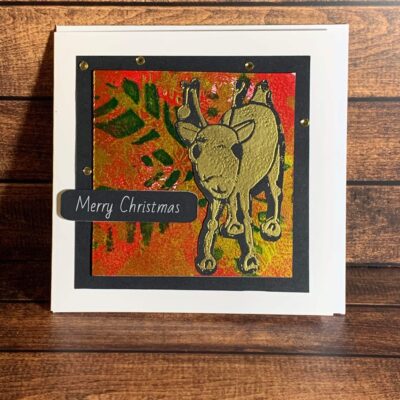Oh No !, 404, What Now?
Hi, and welcome. I’m sorry you have found yourself on this page. You may have clicked on an old link on the web.
I have been busy redesigning this site and some content has been moved over to my other sites which you can see below.
Please contact me if you still can’t find what you’re looking for. I have assembled some links on this page that may be of use to you. Sign up for my newsletter below to be informed about future updates.
Hugs, Ceri xx
- Add to WishlistAdd to Wishlist
- Handmade Cards
Sketchy Flowers Greeting Cards
- £1.50
- Select options This product has multiple variants. The options may be chosen on the product page
Add to WishlistAdd to Wishlist- Sale!
- Rosalie Reindeer’s Liquorice Xmas
Christmas Red Reindeer on Festive Print Card
-
£4.00Original price was: £4.00.£2.00Current price is: £2.00. - Add to basket
Add to WishlistAdd to Wishlist- Sale!
- Rosalie Reindeer’s Liquorice Xmas
Playful Reindeer on Festive Print
-
£4.00Original price was: £4.00.£2.00Current price is: £2.00. - Add to basket
Add to WishlistAdd to Wishlist- Cards
Wonderful Wildflower Art with metal leaf
- £2.50
- Select options This product has multiple variants. The options may be chosen on the product page
Add to WishlistAdd to Wishlist- Add to WishlistAdd to Wishlist
- Sale!
- Rosalie Reindeer’s Liquorice Xmas
Reindeer with Present on Festive Print Card
-
£4.00Original price was: £4.00.£2.00Current price is: £2.00. - Add to basket
Add to WishlistAdd to Wishlist- Sale!
- Rosalie Reindeer’s Liquorice Xmas
Adorable Gold Reindeer on Festive Print
-
£4.00Original price was: £4.00.£2.00Current price is: £2.00. - Add to basket
Add to WishlistAdd to Wishlist
Product categories
Newsletter
Archives
- November 2024
- October 2024
- November 2023
- July 2023
- June 2023
- May 2023
- March 2023
- January 2023
- November 2022
- October 2022
- September 2022
- August 2022
- July 2022
- June 2022
- May 2022
- April 2022
- March 2022
- February 2022
- January 2022
- July 2021
- March 2021
- January 2021
- December 2020
- November 2020
- October 2020
- September 2020
- August 2020
- July 2020
- June 2020
- May 2020
- April 2020
- March 2020
- February 2020
- January 2020
- November 2019
- October 2019
- September 2019
- July 2019
- May 2019
- April 2019
- March 2019
- October 2018
- April 2018
- March 2018
- February 2018
- December 2017
- November 2017
- October 2017
- September 2017
- August 2017
- July 2017
- June 2017
- May 2017
- April 2017
- March 2017
- February 2017
- January 2017
- December 2016
- November 2016
- October 2016
- May 2016
- March 2016

